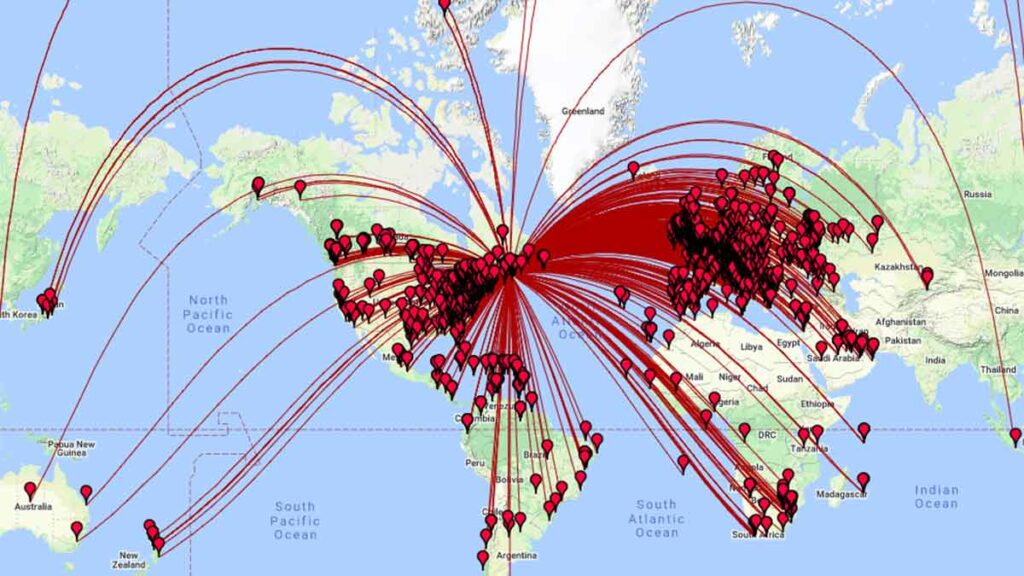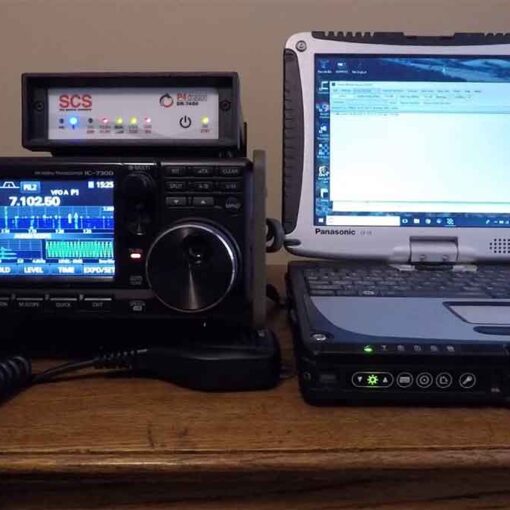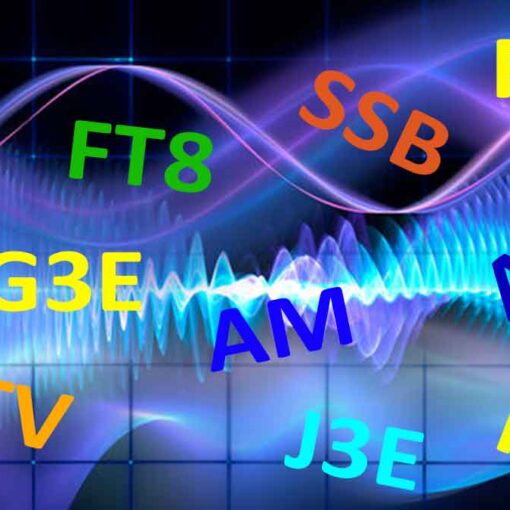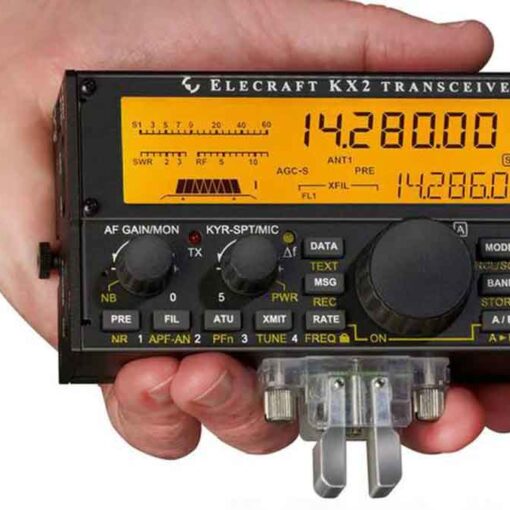
As they say, “since I was little” I have been a die-hard fan of DX connections. Maybe it’s because one of my first connections with QRP (reworked “Signal” models radio control – less than a watt) was from Bulgaria (Veliko Tarnovo) with New Caledonia in 1978. I’d even say it was the “spark” that finally ignited me as a radio amateur.
There are currently three such windows in IARU Region 1 (Europe, Africa, Middle East and North Asia) and seven in IARU Region 2 (North and South America).
DX windows in IARU Region 1:
| 3.500 – 3.510 kHz | CW |
| 3.775 – 3.800 kHz | SSB |
| 14.190 – 14.200 kHz | SSB |
DX windows in IARU Region 2:
| 1.830 – 1.840 kHz | CW |
| 1.840 – 1.850 kHz | SSB |
| 3.500 – 3.510 kHz | CW |
| 3.775 – 3.800 kHz | SSB |
| 7.000 – 7.025 kHz | CW |
| 7.175 – 7.200 kHz | SSB |
| 14.000 – 14.025 | CW |
Important for DX windows on 80m: During the day these frequencies can be used for local traffic as there is no long distance traffic at this time. But we must be aware that even in the early afternoon local contacts in the DX windows can cause problems for stations that are 1000 to 2000 km in the direction of the terminator (the line that separates the dark hemisphere from the light hemisphere).
Example: 13:00 in Belgium in the middle of winter. It’s three hours before sunset. At this time it is impossible to work DX’s from Belgium. But the signals can be heard with very good strength in Scandinavia, only 1000 – 2000 km away, where the sunset is several hours earlier. Although we do not hear DX stations at this time, we can quite successfully QRM other stations that are much closer to sunset. Bottom line: stay away from these windows at all times, unless you’re trying to DX yourself.
When there are active DX-peditions, they have full priority in the use of the above-mentioned DX windows on 20 pt. In these circumstances, other stations should not use these windows and do so in the true spirit of the IARU gentlemen’s agreement. This window for DX-peditions on 20m was agreed in 2005 as a result of continuous problems caused by station IT9.
In addition to these formal windows, there are others that have formed naturally over the years and experience.
Table 20. Unofficial DX windows:
<tdwidth=”54″>SSB
| first 5 kHz of each band | CW |
| 1.830 – 1.835 kHz | CW |
| 1.845 kHz | SSB |
| 14.020 – 14.030 kHz | CW |
| 14.080 kHz | RTTY |
| 14.190 -14.200 kHz | SSB |
| 18.075 kHz | CW |
| 18.145 kHz | SSB |
| 21.020 – 21.025 kHz | CW |
| 21.080 kHz | RTTY |
| 21.290 – 21.300 kHz | SSB |
| 24.895 kHz | CW |
| 28.020 – 28.025 kHz | CW |
| 28.080 kHz | RTTY |
| 28.490 – 28.500 kHz | |
| 7.045 kHz | SSB |
Avoid making local connections in these windows. They are frequency bands where you might be looking for interesting DX stations, and if you’re trying to do anything else, you’ll be creating redundant QRM, probably without even knowing it.



